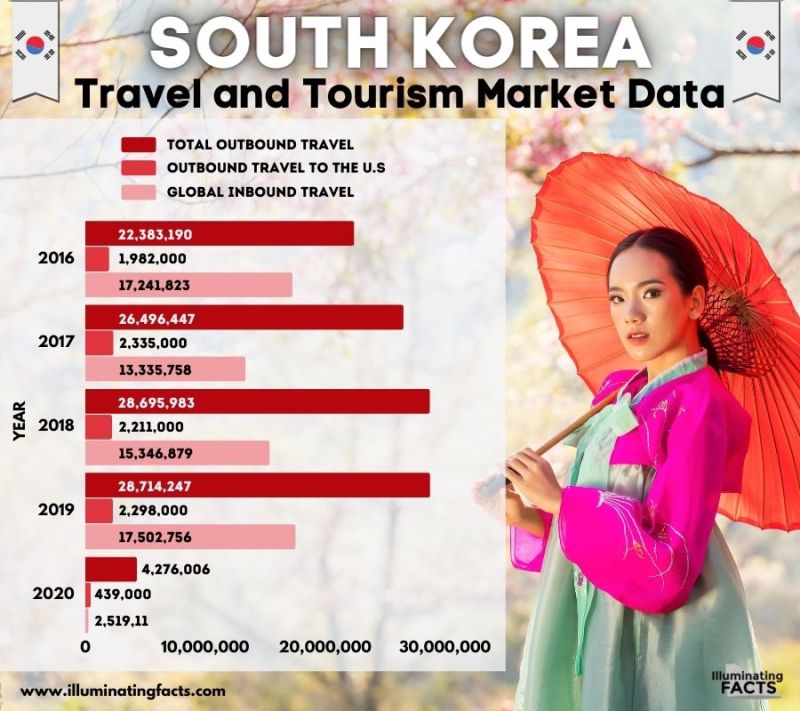Perhaps you’ve heard of K-Dramas, K-Pop, Korean films, Korean cuisine, or Korea itself. South Korea (officially the Republic of Korea) has become increasingly popular over time, and with good reason.
The East Asian country has evolved from an agrarian society to a global industrial leader during the previous several decades. Science and technology, social welfare, and education are all making progress. [1]
The country, also known as the Land of the Morning Calm, is noted for its modern cities, old palaces, mountain landscapes, volcanic islands, bullet trains, healthy food, distinctive art forms, and pop culture, particularly the increasing Korean wave or Hallyu. Apart from that, there’s much more to learn about South Korea, which we’ll cover in this article.
This is South Korea by the numbers.
Basic Facts
South Korea is positioned between the Sea of Japan (East Sea) in the east, the Yellow Maritime in the west, and the Korea Strait, a sea passage between Japan and South Korea in the south. South Korea shares a land border in the north with North Korea, while Japan and China have maritime borders.
With a surface area of 99,678 km², the country is around the same size as Iceland or a little smaller than Pennsylvania in the United States.
According to the World Bank, South Korea’s population will reach 51.78 million by 2020. Seoul is the country’s main city and capital, while Busan is its second-largest city and a major port. Korean is the official language of the South East Asian country.
The Korean Peninsula stretches southward from the Asian continent’s northeastern corner. The country has a rich and illustrious history. Confucianism and Buddhism have impacted the nation’s culture and society.
Koreans are descended from Mongolian Tungus ancestry, as are many other Asian peoples. Unlike their neighbors, the Japanese and Chinese, Koreans are a homogeneous ethnic group with their own culture, language, and customs. [1]
History
On the Korean Peninsula, multiple rival kingdoms were merged into a single dominion about A.D. 668. For almost a thousand years, successive regimes maintained Korea’s political and cultural independence; the Choson Dynasty was the last of these reigning kingdoms (1392-1910).
Korea chose to minimize its interaction with the outside world after surviving attacks by Japan in the late 1500s and the Manchus of East Asia in the early 1600s. Following that, there was a 250-year period of calm, with few Koreans leaving their isolated homeland.
This started taking a turn in the late 1800s when Western nations such as France, Britain, and the United States attempted but failed to create commercial and diplomatic connections with Korea.
Colonial Period
China, Japan, and Russia fought for dominance of the Korean Peninsula at the turn of the 20th century. Japan emerged victorious, seizing the peninsula after the Russo-Japanese War ended in 1905 and legally colonizing it five years later.
Korea would become an industrialized country over 35 years of colonial administration. Still, its people were subjected to terrible repression by the Japanese, who attempted to eradicate Korea’s cultural identity and language and assimilate Japanese Koreans.
Many Korean males were forced to fight in Japan’s army or labor in wartime factories during World War II. In contrast, countless Korean women were coerced to provide sexual services to Japanese soldiers, earning them the moniker “comfort women.”
Korea Divided
The Soviet Union and the U.S. separated the Korean peninsula into two zones of influence after Japan’s defeat in 1945. The pro-US Republic of Korea (South Korea) was created in Seoul in August 1948, led by the anti-communist Syngman Rhee.
The Soviets appointed Kim Il Sung as the first president of the Democratic People’s Republic of Korea (DPRK), also known as North Korea, with Pyongyang as its capital.
Korean War
After South Korea declared independence in 1950, North Korea invaded its neighbor, backed by the Soviet Union and China, in an attempt to reclaim control over the entire peninsula.
The Korean War lasted from 1950 to 1953 and cost over 2 million deaths, seeing U.S. and U.N. troops fighting alongside South Korean forces.
The armistice agreement separated the Korean Peninsula in much the same way it had been previously, with a demilitarized zone (DMZ) stretching along the 38th parallel or the latitude 38 degrees north. [2]
The Two Koreas
Since 1953, North and South Korea have diverged culturally and historically, resulting in two societies with vastly divergent economic and political systems. The current disparities between the two Koreas have little to do with regional distinctions between North and South Korea before 1945.
Russian/Soviet culture and China heavily influenced North Korean politics and culture. It established self-styled Juche (“self-reliance”) politics focused on political and economic independence, with a highly centralized political structure, a command economy, and a “Great Leader” at its pinnacle (Kim Il-Sung until 1994 and his son Kim Jong Il ever since).
Despite great economic difficulties, North Korea emerged into one of the most isolated and regulated of all communist governments, showing no sign of economic and political liberalization even ten years after the fall of the Soviet Union.
On the other hand, South Korea has been heavily impacted by the U.S. and, to a lesser extent, Japan. Since the Republic of Korea was created in 1948, the United States has maintained close military, political, and economic connections with South Korea. While South Korea has not always been as democratic as Americans or Korean officials would like, democracy seems to have gotten more cemented in the R.O.K. since the overthrow of its military government in the late 1980s.
Meanwhile, throughout the 1970s and 1980s, South Korea made significant economic improvements and is now regarded as one of the world’s developed industrial countries. After Japan and China, South Korea recovered quickly from the 1997 Asian financial crisis and is now the third-largest economy in East Asia.
Like many other countries, South Korea has a strong presence in American popular culture. Japanese pop culture is also influential, albeit to a lesser extent. On the other hand, South Korea has established its own forms of pop culture, while traditional Korean culture has had a renaissance in recent decades.
South Korean pop music, television dramas, and films were becoming increasingly popular in other regions of Asia, particularly China and Vietnam, during the 1990s and early 2000s.
Despite Korea’s cultural homogeneity, regional sentiment became a significant element in South Korean politics and other aspects of modern life. The Kyongsang region (southeast) and the Cholla region (southwest) are from the main regional divide.
While some argue that these regional disparities date back to the earliest Three Kingdoms period, present South Korean regionalism is largely a result of the country’s fast industrialization in the 1960s. President Park Chung Hee was fixated on the economic development of his native region of Kyongsang at the time, and much of South Korea’s leadership was drawn from there. The subsequent presidencies of Roh Tae Woo, Chun Doo Hwan, and Kim Young Sam, all from the region, maintained this prejudice toward Kyongsang.
Cholla, meanwhile, remained backward and was seen as a haven for dissenters, including long-time opponent Kim Dae Jung. As a result, voting trends in South Korea have indicated a strong preference for candidates from the voters’ home region. After becoming president in 1998, Kim Dae Jung endeavored to establish regional balance in South Korea’s economic and political progress, yet regional affiliation and prejudice persist.
Outside forces forced the split of Korea into North and South, and many, if not all, Koreans believe that the two Koreas must be reunited at some point in the future. The two Koreas appeared to be progressing in inter-Korean relations in the early 70s, mid-80s, and early 90s, but each attempt at reconciliation and reunification failed.
Eventually, in June 2000, North and South Korean leaders met in Pyongyang, North Korea, to discuss ways to improve North-South relations. This was the first time a summit meeting had ever occurred, and it reignited hopes for peace and possible reunion between the separated peninsula’s two halves.
However, there is still very little interaction between North and South Korean governments, and reunification seems a long way off, barring a spectacular turn of events. [3]
People and Culture
Population
Based on Worldometer’s elaboration of the most recent United Nations data, the Republic of Korea’s current population is 51,327,324 as of Wednesday, October 27, 2021. [4]
Additional information about the demographics of South Korea:
- The population of South Korea is 0.66% of the world’s total population.
- South Korea is ranked 28th in terms of population among countries (including dependent territories).
- South Korea has a population density of 527 persons per square kilometer (1,366 people per mi²).
- The entire land area is 97,230 square kilometers (37,541 sq. miles)
- 81.8% of the population lives in cities (41,934,110 people during 2020)
- South Korea’s median age is 43.7 years.
Main Cities by Population [4]
Population Growth Rate [4]
Ethnic Make-up
Seoul is the largest city and the capital of the Republic of South Korea. The country is heavily urbanized, with more than 92% of its population living in cities, with Seoul accounting for more than half of them.
With a low ratio of foreign immigrants, South Korea is one of the world’s most ethnically homogeneous countries. It is among the world’s most racially pure countries. The immigrants are largely from the United States, China, Thailand, Vietnam, and the Philippines. [5]
Ethnic Minorities and Immigrants In South Korea [5]
Korean Culture
Korean culture is among the world’s oldest continuously existing cultures. Today’s Korea, which is divided into North and South, has more pronounced cultural contrasts. This historical and cultural heritage was originally shared uniformly across the Korean peninsula.
All of Korea’s history, traditions, customs, and beliefs are considered part of its culture. It has been shaped by its various dynasties, changes in religious beliefs, wars, global modernism, and many more customs and traditions passed down through the years, with subtle variations with each generation. The long-standing tensions between the two Korea, which were split apart in 1945, continue to impact the development of both countries today.
On a more visible level, Korean culture includes its food, national sports, holidays, cultural conventions, and popular culture, which includes music, dramas, movies, and fashion. And those are only some examples of what the culture as a whole entails. [6]
Korean Beliefs
The religions of Buddhism, Confucianism, and Christianity form Koreans’ spiritual foundations and beliefs. Confucianism, in particular, has a long history of influence in Korea, and its social and political theories may still be recognized today. On the other hand, Christianity and Buddhism are very visible in a society where Buddhist South Koreans make for 46% of the population.
In Korea, for example, Confucianism is responsible for the concept of hierarchy. The hierarchy is based on a person’s age, work status, level of education, and overall social standing. Confucianism places a strong emphasis on honoring one’s elders and ancestors.
And while South Koreans, particularly the younger generations, are growing increasingly autonomous, the country remains essentially a collective society, with the family, business, workplace, and people’s perceptions of you all playing a significant role. As an effect, it is not odd to still observe family dynamics in which the family’s eldest son assumes more obligations. When his parents reach retirement age, he is also expected to look after them. [6]
Korean Customs and Traditions
Every year, South Korea celebrates two major holidays: Lunar New Year’s Day (설날, seollal) from January to February and Korean Thanksgiving (추석) from September to October. Both holidays are spent with family, focusing on honoring ancestors, eating traditional holiday meals, and playing family games.
The execution of a ritual known as 세배 (sebae) is one of the essential aspects of 설날, both traditionally and currently. The entire family, dressed in, executes a deep ceremonial bow, asking for good fortune in the next year. Savory pancakes, rice cake soup, and stir-fried glass noodles with veggies are common foods.
On the other side, the most important component of the 추석 holiday is 차례 (charye), which is an ancestral memorial rite. It takes much work to put together a table of offerings, which will have an incense holder in the middle, two candles on the edges, and a memorial tablet in the very center, reflecting the spiritual presence of the ancestors. The most typical dish is packed rice cakes (known as 송편 or songpyeon), but there are many others to choose from. [6]
Language
Korean is one of the world’s most widely spoken language, with around seventy million people speaking it. The grammar, structure, and vocabulary are all comparable to those of the Japanese. Regional dialects differ mostly in accent but are sufficiently similar that comprehension is not a problem for speakers or listeners.
Social status is also a factor in dialect differences.
Because of the phonetic structure of the written language, which was developed in the mid-fifteenth century to provide Koreans with a single language, Korea has one of the world’s highest literacy rates.
Koreans all speak Korean, frequently categorized as an Altaic language with Japanese affinities and many Chinese loanwords. The Korean script, known as Hangul (Han’gŭl) in South Korea and Chosŏn muntcha in North Korea, consists of phonetic symbols for 14 consonants and ten vowels.
In South Korea, Korean is frequently written using a blend of Chinese ideograms and Hangul, though using less Chinese. As a byproduct of the American presence in the region since 1950, many English terms and phrases have slipped into the language, either intact or changed by local usage. [7]
Social Etiquette and Customs
Etiquette, or the rule of social behavior that regulates human interactions, is heavily influenced by Korean Confucianism and emphasizes the religion’s key ideals in South Korea. In South Korea, etiquette governs how people act in relation to their social rank and general behavior. Although most components of etiquette are universally acknowledged, norms can be regionalized or influenced by several other cultures, such as Japan, China, and the United States.
In South Korea, various etiquette issues are determined by cultural taboos or general concerns about etiquette. The practices listed below are examples of common and well-known concerns among native South Koreans. [8]
Basic Etiquette
- People in Korea rarely thank each other for courtesy gestures (such as holding open doors) or apologize if they run into each other on the street. While this may appear to outsiders as unpleasant or disrespectful behavior, remember that such tiny incidents or manners are considered behaviors one should expect and anticipate in life. As a result, they rarely require an extensive apology, thank you, or acknowledgment. You can show respect in different ways.
- Respect for individuals who are older than you should always be displayed. If they are an elder, this entails waiting for their contribution, deferring to their opinion, and dropping your gaze.
- With two hands, offer and receive gifts, objects, and food.
- When you’re inside, take off your hat.
- Before going inside a Korean home, it is customary to remove your shoes.
- Koreans are generally punctual and courteous. They aim to maximize the amount of time they have. This can come out as impatient in some situations.
Eating
- Because it is considered impolite for adults to eat while walking, street food is frequently consumed just where it is purchased.
- It is not advisable to eat with one’s fingers.
- Soup is eaten with spoons, while everything else is eaten with chopsticks.
- At the dining table, do not blow your nose.
- The individual who is the oldest should be served first. Before doing so, everyone seated should wait for them to start eating.
Drinking
- Drinking is very popular in South Korea. Drinking can elevate one’s status by demonstrating one’s masculinity (particularly for men) and stamina.
- If you don’t want to drink, attempt to create a genuine cause, like medical or religious reasons. Make no excuses that could be taken as a reflection of the morals of people who are drinking.
- If you’ve had enough to drink, don’t drain your glass.
- Fill the glasses of others before your own. Do not fill your own drink in a formal environment; instead, wait for somebody else to reciprocate the gesture and refill yours.
General
- Because the Chinese symbol “‘死” (meaning death) and the pronunciation of the word ‘four’ are similar, using the number four is considered unfortunate, even foreboding. Selecting the fourth floor in an elevator is also considered unlucky, and some elevators are even designed without a fourth-floor button. Gifts in multiples of four are likewise uncommon, although gifts in multiples of seven are a wish for good fortune and considered lucky. [9]
- In South Korea, public kissing is frowned upon and considered exceedingly immodest by the elderly. This is becoming less taboo among today’s young adults, although it is still strongly discouraged by elders. [10]
- In South Korea, being well-dressed is interpreted as a sign of respect. A suit and tie are usually appropriate on formal occasions, like in meeting new people. South Koreans dress formally for civic events, particularly in bigger cities such as Seoul. [11]
Economy
South Korea evolved into one of the twentieth century’s most spectacular economic success stories after recovering from the 1950-53 conflict with North Korea, becoming a prosperous, internationally linked, high-technology society in only decades. In the 60s, the GDP per capita was equivalent to that of the world’s poorest countries. South Korea became the world’s first country to reach the trillion-dollar mark in 2004.
President Park Chung-hee stimulated the import of raw technology and raw materials in the 1960s, kept wages low, encouraged investment and saving overconsumption, and channeled resources to export-oriented industries still essential to the economy today. Growth soared as a result of these initiatives, reaching double digits in the 60s and 1970s.
As the economy matured in the 1990s, growth slowed slightly, but it was still robust enough to catapult South Korea into the OECD’s advanced economies by 1997. Family-owned chaebol companies such as Hyundai, Daewoo, and Samsung arose due to these measures, maintaining their dominance even as the government’s grip on the economy eased during the political shifts of the 80s and 90s.
Because of their heavy reliance on short-term borrowing, South Korean industries were badly hit by the Asian financial crisis of 1997-98, and GDP fell by 7% in 1998. Following the crisis, South Korea undertook significant economic changes, including reorganizing certain chaebols, improving labor market flexibility, and allowing greater international investment and imports.
These actions have resulted in a reasonably quick economic rebound. To help boost exports, South Korea began developing its network of free trade agreements and has since established 16 free trade agreements with 58 nations, including China and the United States, covering more than three-quarters of global GDP.
Due to his successful efforts to improve wages and government spending, President Moon Jae-in’s election in 2017 resulted in a spike in consumer confidence. These factors, coupled with an increase in export growth, boost real GDP growth to more than 3% despite trade problems with China due to the deployment of a U.S. missile defense system in the nation.
South Korea will face declining economic growth in 2018 and beyond, with estimates ranging from 2% to 3%, typical for advanced nations. This could be partially countered by efforts to solve the country’s rapidly aging population, rigid labor market, chaebol hegemony, and strong reliance on exports instead of local consumption. Rising inequality, high young unemployment, poverty among the elderly, low worker productivity, long working hours, and corruption are all socioeconomic issues that persist. [12]
South Korea GDP per capita [12]
South Korean Foreign Trade in Figures [13]
Main Partner Countries [13]
Main Products [13]
Traditional Arts
South Korea has a diverse range of traditional arts that can still be viewed and appreciated today. They’re being performed all around the nation at special events, and they’re being honored in displays worldwide.
Korean Dance
Dances originated in Korea five thousand years ago as an element of shamanistic rites. Various folk dances evolved from these ritualistic dances over time and during different dynasties. [6]
For example, there were over 12 different sorts of dances that were fashionable to perform in front of royals in the court. The following are among the most popular and well-known traditional dances, which are still popular today:
- 탈춤 (talchum) = a dance in which the performer wears a mask
- 농악 (nongak) = a vigorous dance accompanied by drums
- 가인전목단 (gainjeonmokdan) = a quiet dance in which a vase of flowers is placed in the middle of the stage, and the dancers dance around it, picking flowers from it
- 부채춤 (buchaechum) = a type of fan dance
Korean Painting
Painting has always been a component of Korean culture, dating back to prehistoric times. It was originally a rock art style in which images were carved out of sections of a rock surface.
New painting techniques were developed once Buddhism came to Korea, and they quickly became the most prevalent manner of painting. Calligraphy is an example of this. [6]
Korean Ceramics and Crafts
Ceramics have a long history in Korea, dating back thousands of years. Over the dynasties, the major elements varied, ranging from clay and coils to porcelain and pottery. Korean ceramics have had a significant influence on the development of Japanese ceramics. [6]
Korean Music
Korean folk music is known as 판소리 (pansori), and it has even been classified as an intangible cultural heritage by UNESCO. Pansori is a folk song performed by a singer and a drummer. Dancers and narrators also appear in some pansori songs.
Another kind of folk music is 풍물 (pungmul), which consists of singing, dancing, and drumming.
In addition to folk music, Korean court music is a traditional type of Korean music. It was created at the start of the Joseon Dynasty, and it drew inspiration from Chinese court music. Similarities can also be seen between Vietnamese and Japanese court music.
Court music is divided into three categories. The first is 아악 (aak), which was derived from the Chinese, was used in state sacrificial rites, and is still used in some Confucian ceremonies today. The second type is 향악 (hyangak), which was exclusively developed by Koreans and was frequently accompanied by traditional rural dances performed in front of an audience.
The third is 당악 (dangak), a hybrid of Korean and Chinese court music styles. There are certain styles of dances that are associated with 당악. [6]
Popular Culture
Korean popular culture, often known as “Hallyu” or “the Korean wave,” is not only well-known and popular in Korea but is also spreading worldwide. It primarily consists of Korean dramas, pop music, and films. In reality, while K-Pop is a major topic these days because of performers like BTS, Korean dramas first became popular to watch in other countries.
Korean Films
When we talk of Korean cinema, we usually refer to the years 1945 to the present. The films are heavily influenced by Korea’s history, with scenes depicting the Korean War, the Japanese occupation, the path to globalization and democratization, etc. Although there is still some hesitancy in putting some subjects on film, Korean filmmakers are brave in expressing their opinions on society in films like Parasite and The Handmaiden, which have earned international acclaim. [6]
Korean Dramas
Korean dramas are unlike Western TV shows in that they are usually only made for one season, with a single overarching plot spanning 12 to 16 episodes. Historical dramas and sitcoms may run for longer, up to 200 episodes, but this is how most prime-time television is structured. The dramas cover various subjects, from history and action to education and job.
However, a romance plot has been a central theme in many of the most famous dramas. Bedroom scenes and even passionate kisses are still uncommon in Korean love stories on TV, compared to what is typical in the West. In recent years, Korean dramas have also been more interested in addressing today’s social issues, like classism, bullying, mental health, corruption, spy cameras, etc. [6]
K-Pop
Korean pop, or K-Pop, is the country’s response to Western popular music. The music is a mix of genres influenced by global trends, ranging from jazz and rock to techno and hip hop.
Despite its influences, K-Music is distinct from Western mainstream music, with idol groups as its driving force. These bands are formed by entertainment companies from a plethora of young trainees who have been signed to the agencies in the hopes of making their debut as an artist at a young age, usually years before luck strikes. Every group member has a specific job to play: a dancer, the lead singer, a rapper, a lovely face, and so on.
And while the songs are crucial, the entire concept of any ‘comeback’ – the word for when an artist or band releases new material – is meticulously planned. Each single or album release frequently has a distinct theme, which influences the mood and tune of the songs. From hairstyles to dancing techniques and music videos, there is generally a specific theme behind every release. [6]
Cuisine
Rice is at the heart of Korean cuisine. Korea has a rich history of being almost entirely an agricultural country, which has only recently altered, and this can still be seen in today’s food. Fish and other seafood are also important components of Korean cuisine.
Aside from that, fermented foods are quite significant, with kimchi being the most well-known and nutrient-dense. The most common cooking ingredients are fermented bean paste 된장 (doenjang), chili powder, ginger, garlic, fermented hot pepper paste, sesame oil, salt, and soy sauce.
Koreans consume a lot of vegetables, rice, and meats in general. In addition to the main course, each meal usually includes special side dishes known as 반찬 (banchan). Among these, kimchi is a must-have side dish at every meal.
Pork is probably the most popular meat in Korea, with grilled pork belly 삼겹살 (samgyeopsal) being one of the most popular dishes. There are a variety of chicken meals available, including chicken feet. Beef is regarded as the most valuable meat, which explains its greater price, yet it has grown more usual to eat daily rather than just on special occasions since the late twentieth century.
Grilled, fermented, steamed, or pickled foods are common in Korean cuisine. Soups, stews, and noodles are also available in various flavors. Some meals, including Korean tofu with kimchi or salty pancakes, are frequently consumed when consuming alcohol. [6]
Travel and Tourism
Domestic tourism makes up the bulk of the South Korean tourism industry. Most of the country is within a day’s round journey of any large city, thanks to the nation’s extensive network of buses and railroads. The majority of international visitors come from Asia’s neighboring countries.
Japan, Hong Kong, China, and Taiwan together account for almost 75% of all overseas travelers. Furthermore, the Korean Wave has attracted a growing number of visitors from India and Southeast Asia.
Visitors Arriving in South Korea for Tourism [14]
The Top 12 Nationalities of International Visitors [14]
Travel and Tourism Market Data [15]
References
[1] Nationsonline.org Editors. South Korea Profile. One World Nations Online. Available at: https://www.nationsonline.org/oneworld/korea_south.htm [Accessed October 28, 2021].
[2] History.com Editors, 2018. South Korea. HISTORY. Available at: https://www.history.com/topics/korea/south-korea [Accessed October 28, 2021].
[3] Charles K. Armstrong. Korean History and Political Geography. Asia Society. Available at: https://asiasociety.org/education/korean-history-and-political-geography [Accessed October 28, 2021].
[4] Worldometers.info Editors, 2021. South Korea. Worldometer. Available at: https://www.worldometers.info/world-population/south-korea-population/ [Accessed October 28, 2021].
[5] Kenneth Kimutai Too, 2019. Ethnic Minorities And Immigrants In South Korea. WorldAtlas. Available at: https://www.worldatlas.com/articles/ethnic-minorities-and-immigrants-in-south-korea.html [Accessed October 28, 2021].
[6] 90 Day Korean Editors, 2021. Korean Culture – Guide to History, Customs, People, and Modern Day. 90 Day Korean. Available at: https://www.90daykorean.com/korean-culture/ [Accessed October 28, 2021].
[7] Young Ick Lew, 2021. South Korea. Britannica. Available at: https://www.britannica.com/place/South-Korea/Plant-and-animal-life#ref281336 [Accessed October 28, 2021].
[8] Cultural Atlas Editors. South Korean Culture. Cultural Atlas. Available at: https://culturalatlas.sbs.com.au/south-korean-culture/south-korean-culture-etiquette [Accessed October 28, 2021].
[9] Kwintessential Editors. A guide to South Korea – etiquette, customs, clothing and more… Kwintessential. Available at: https://www.kwintessential.co.uk/resources/guide-to-south-korea-etiquette-customs-culture-business [Accessed October 28, 2021].
[10] Kim Bo-eun et al., 2012. Public displays of affection: where to draw the line? The Korea Times. Available at: http://www.koreatimes.co.kr/www/news/art/2012/07/399_113975.html [Accessed October 28, 2021].
[11] Kathryn Walsh, 2018. Good Manners Information for Tourists Visiting Korea. USA TODAY. Available at: https://traveltips.usatoday.com/good-manners-information-tourists-visiting-korea-104485.html [Accessed October 28, 2021].
[12] Trading Economics Editors. South Korea GDP per capita. Trading Economics. Available at: https://tradingeconomics.com/south-korea/gdp-per-capita#:~:text=GDP%20per%20capita%20in%20South%20Korea%20is%20expected%20to%20reach,according%20to%20our%20econometric%20models. [Accessed November 9, 2021].
[13] Santander Editors, 2021. SOUTH KOREAN FOREIGN TRADE IN FIGURES. Santander. Available at: https://santandertrade.com/en/portal/analyse-markets/south-korea/foreign-trade-in-figures?url_de_la_page=%2Fen%2Fportal%2Fanalyse-markets%2Fsouth-korea%2Fforeign-trade-in-figures&&actualiser_id_banque=oui&id_banque=0&memoriser_choix=memoriser [Accessed October 29, 2021].
[14] Korea Tourism Organization Editors. Visitor Arrivals. Korea Tourism Organization. Available at: https://kto.visitkorea.or.kr/eng/tourismStatics/keyFacts/KoreaMonthlyStatistics/eng/inout/inout.kto [Accessed October 29, 2021].
[15] International Trade Administration Editors, 2021. Travel and Tourism. International Trade Administration. Available at: https://www.trade.gov/country-commercial-guides/south-korea-travel-and-tourism [Accessed October 29, 2021].

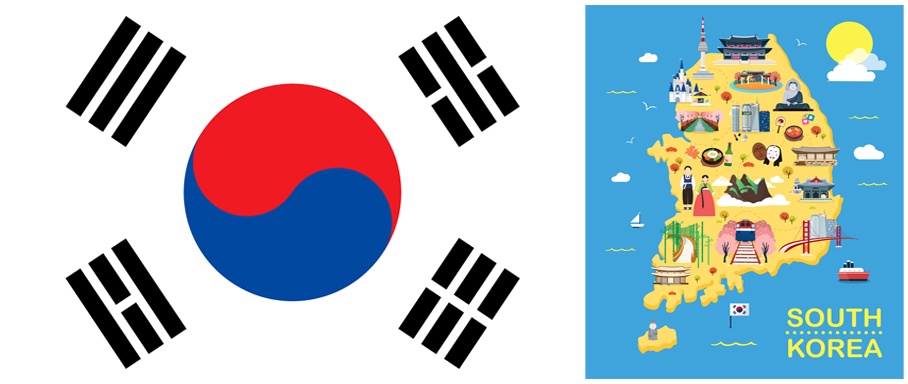
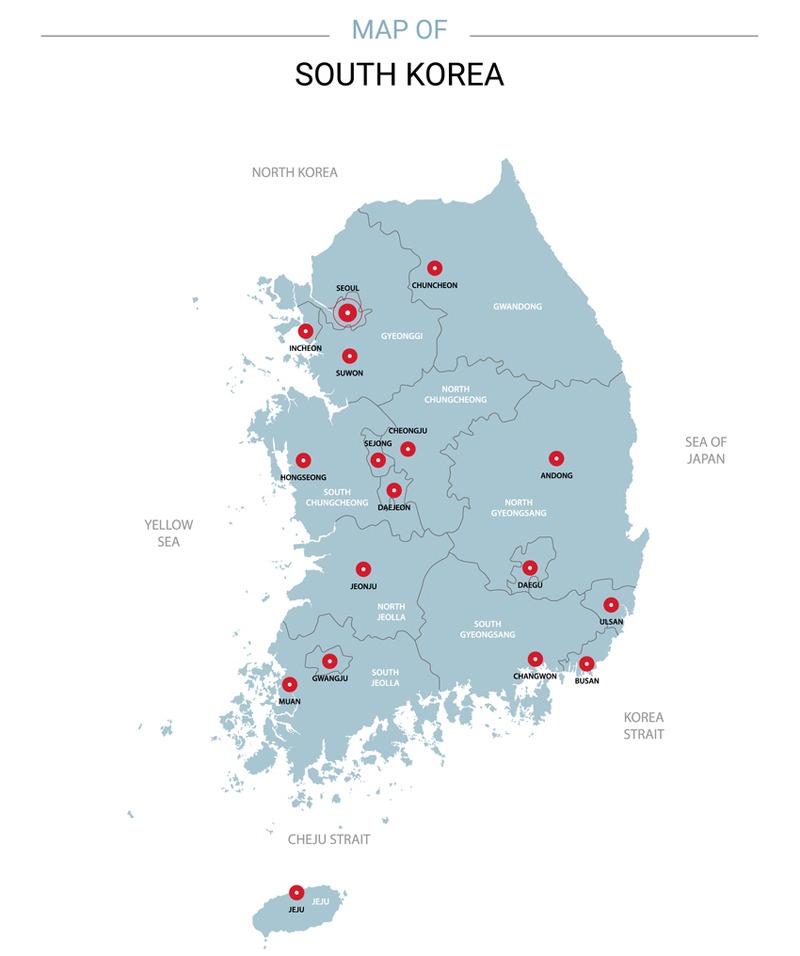
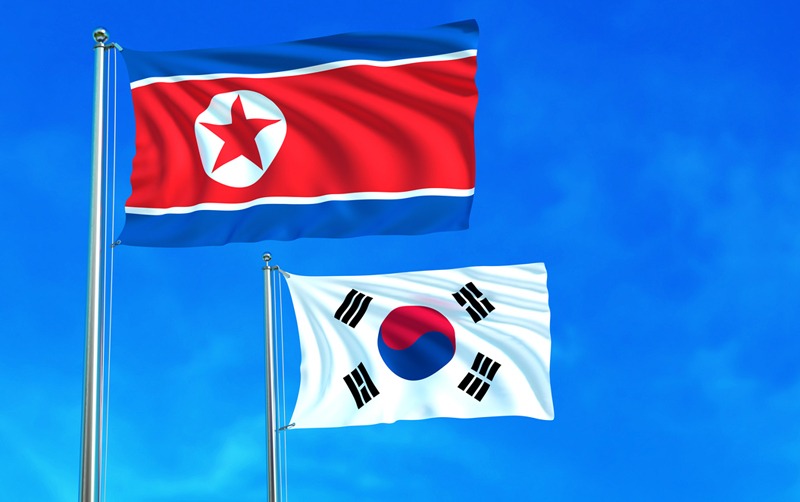
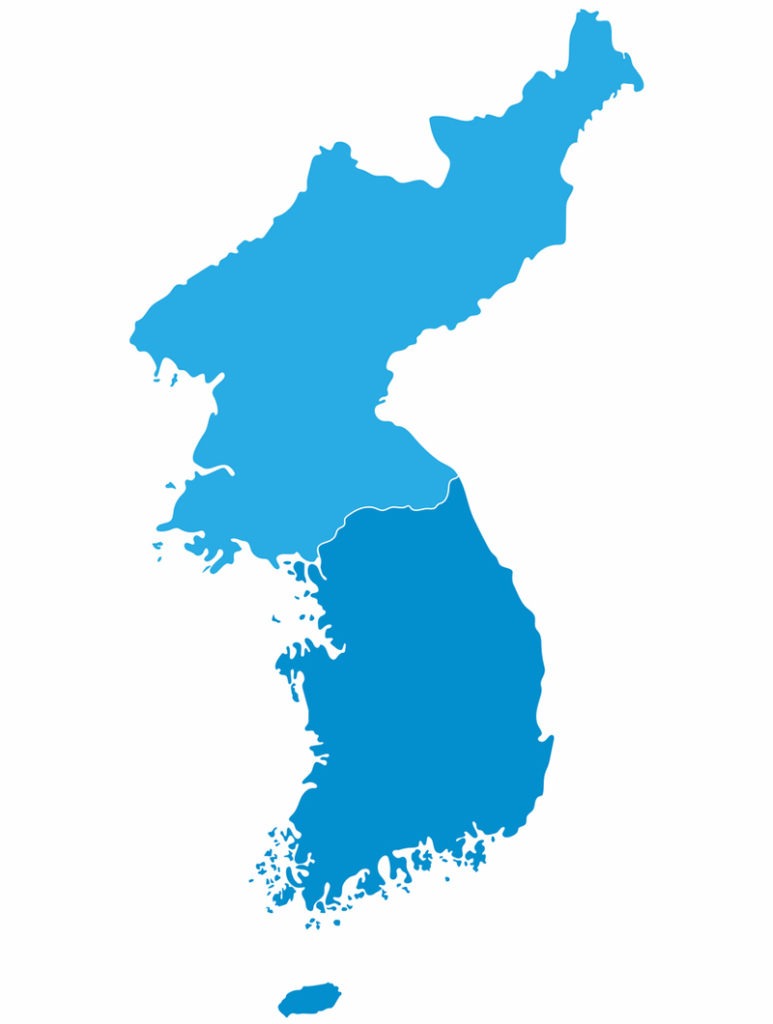
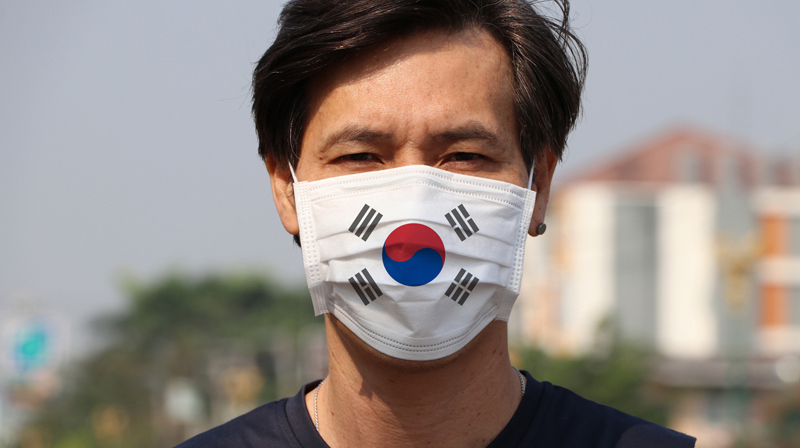




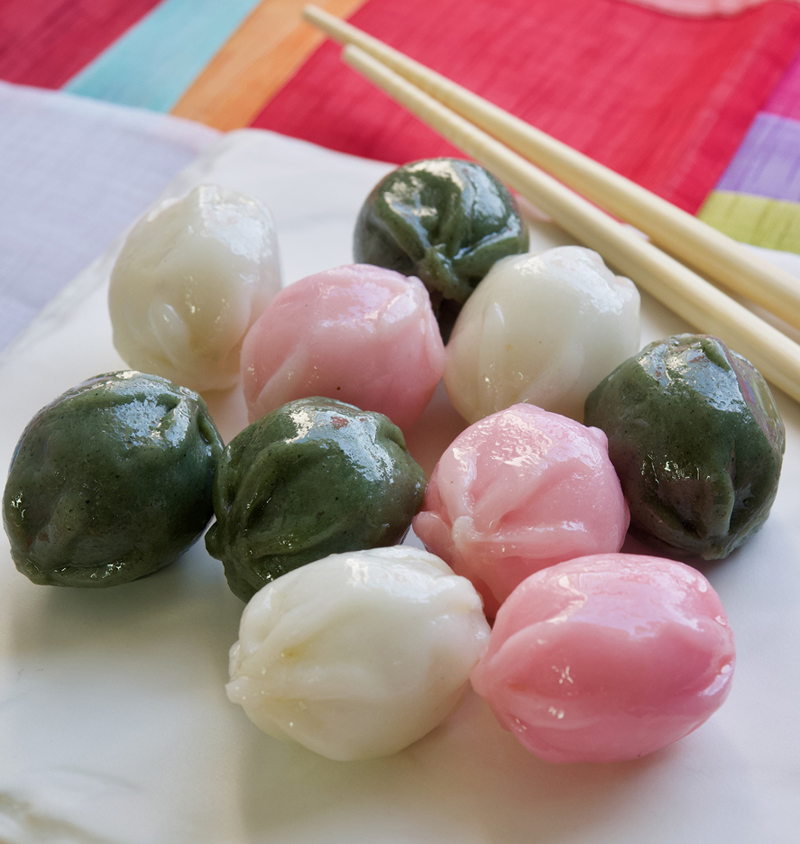
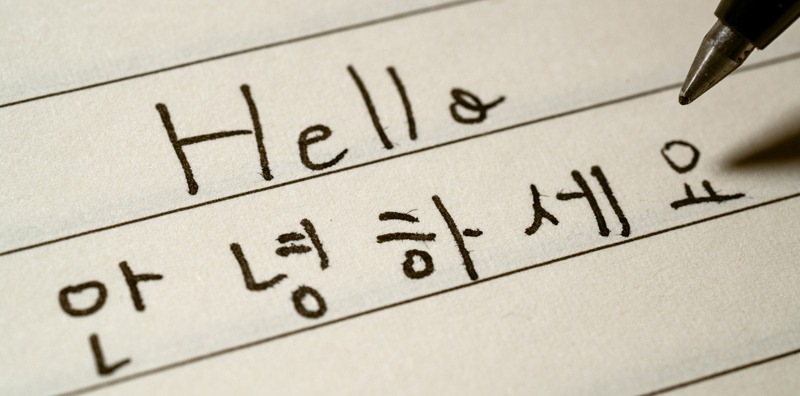
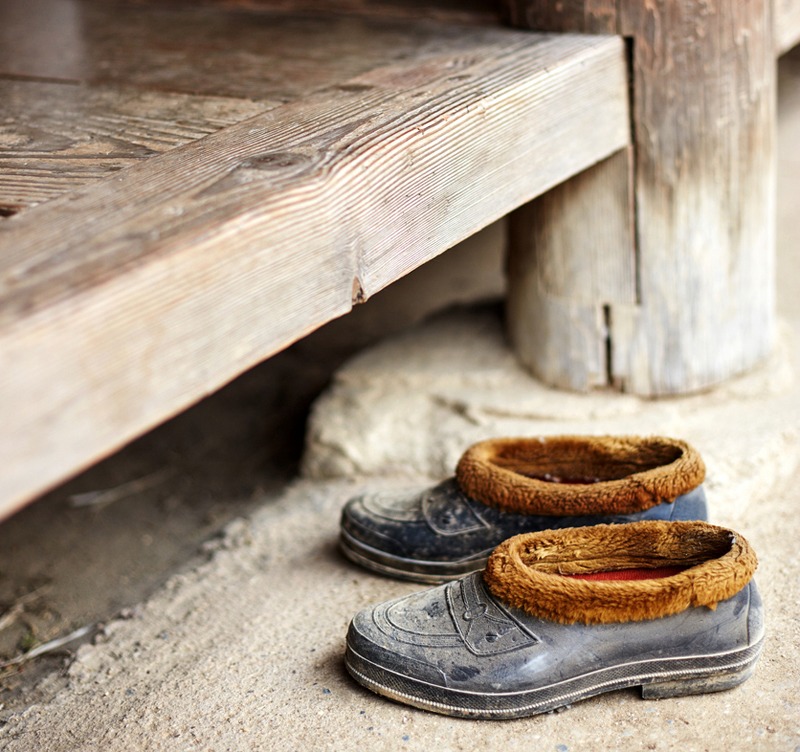
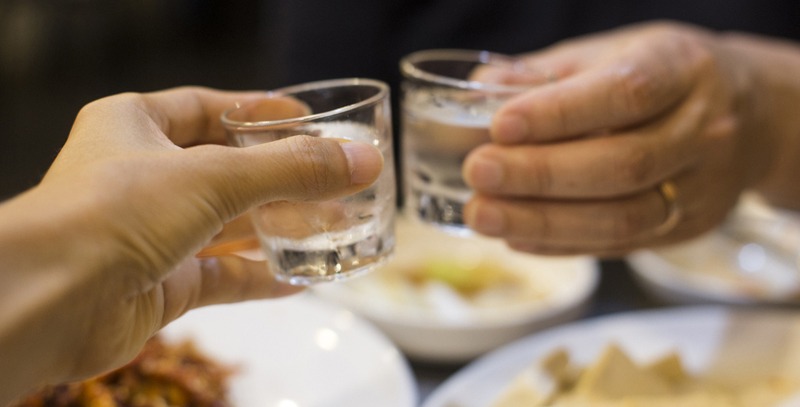
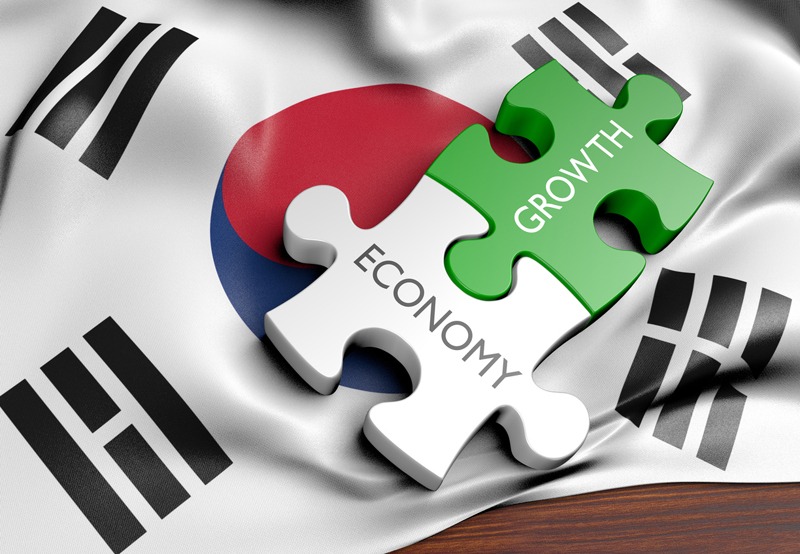

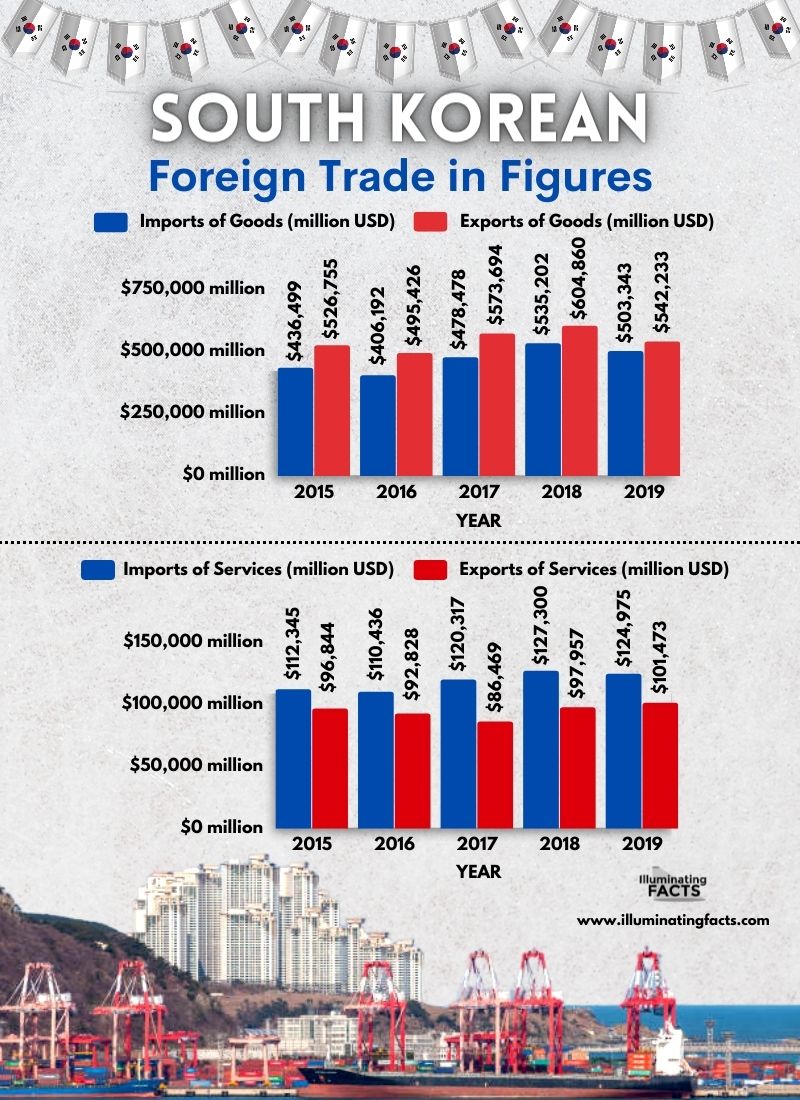
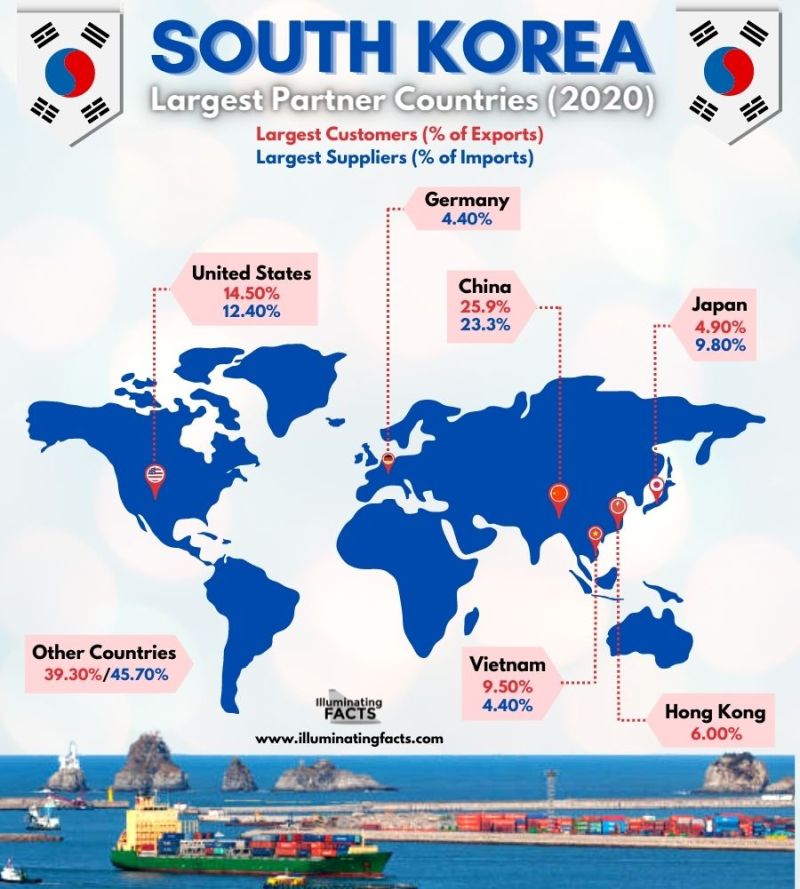
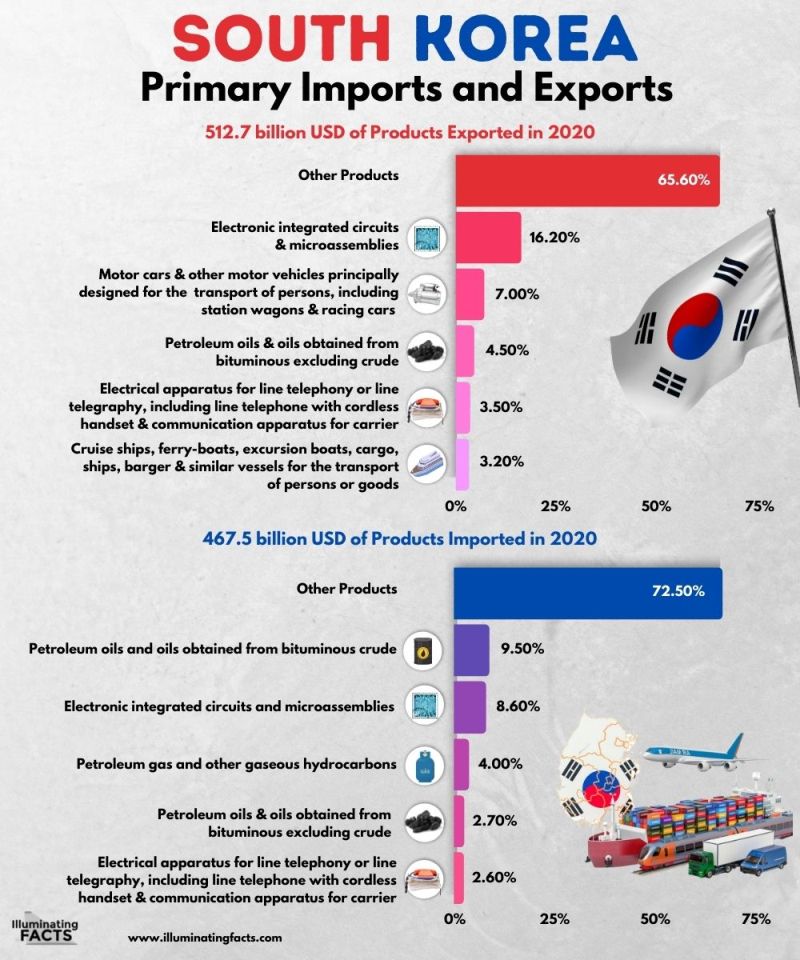
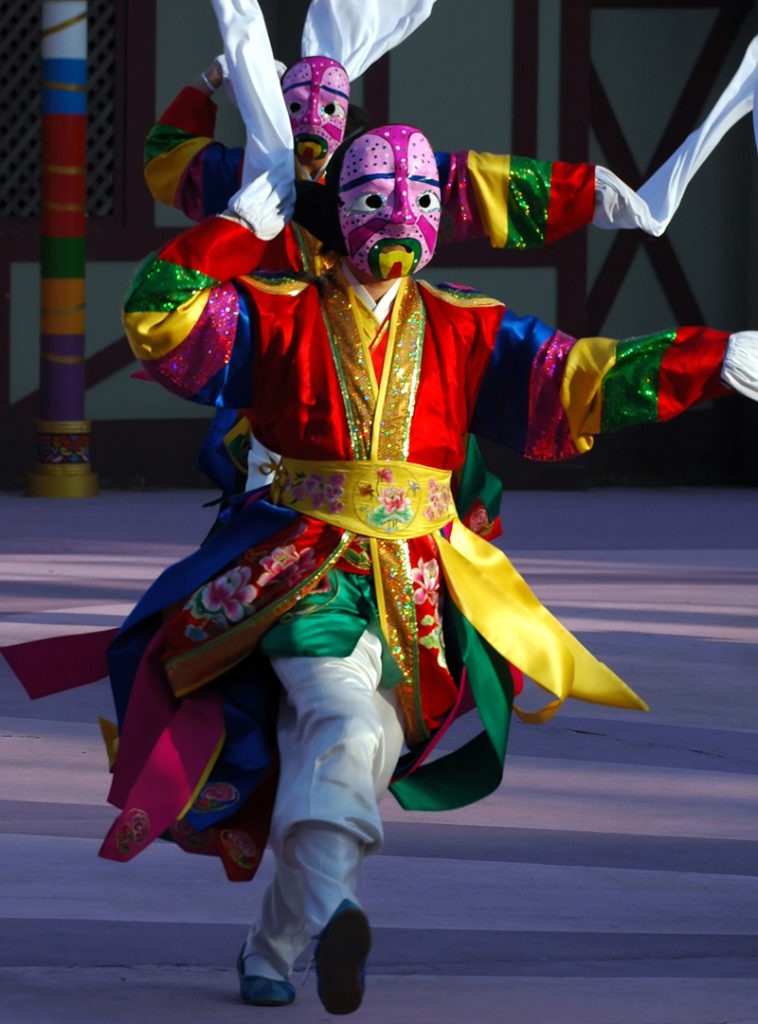
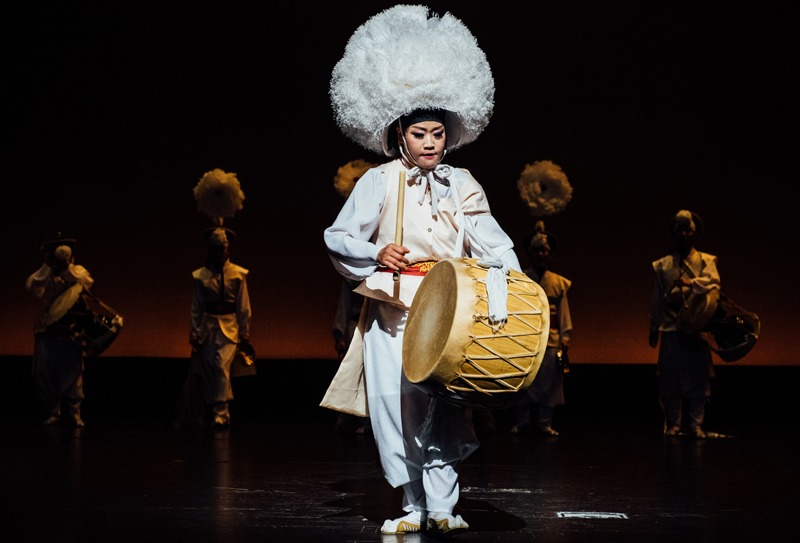
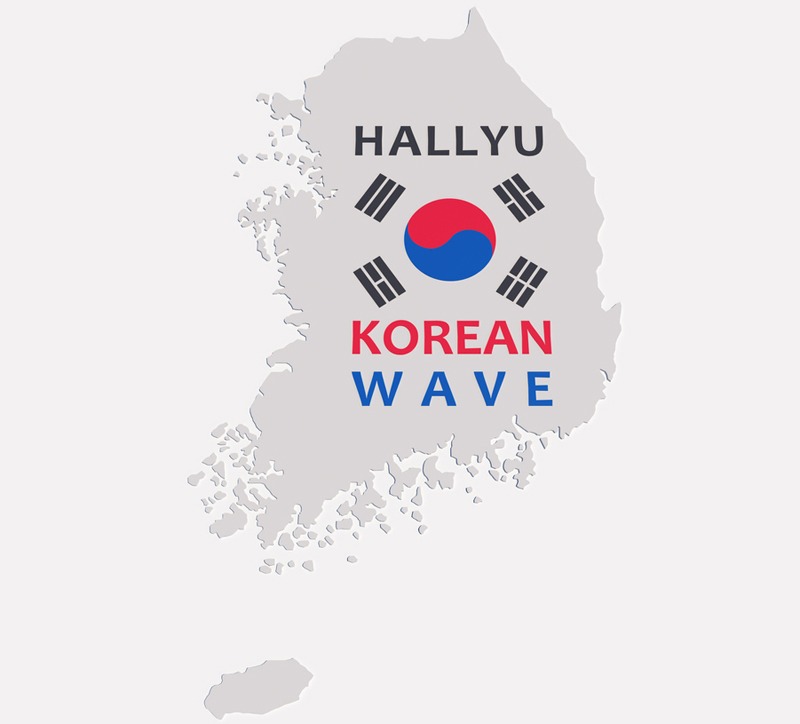
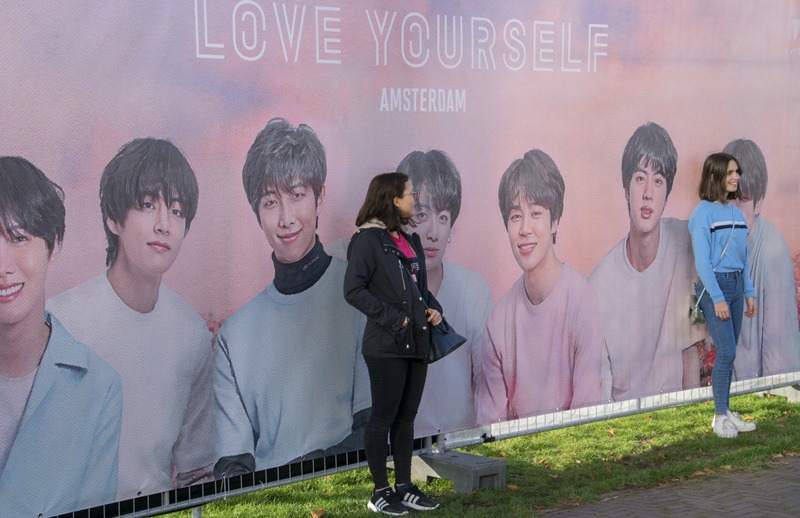
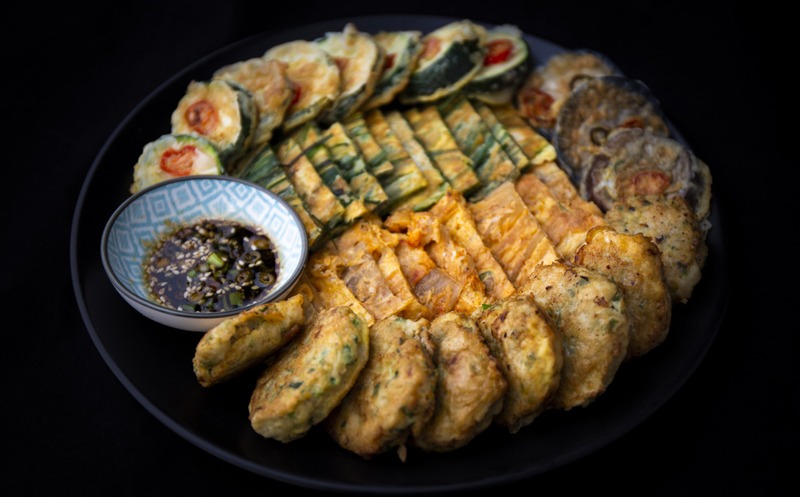

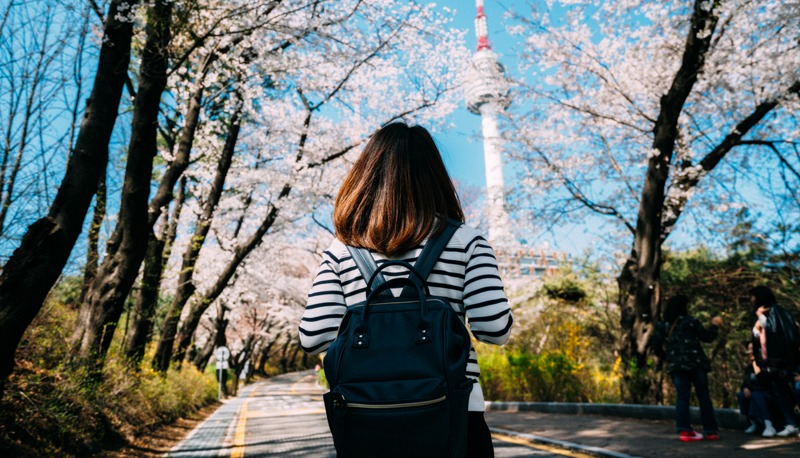
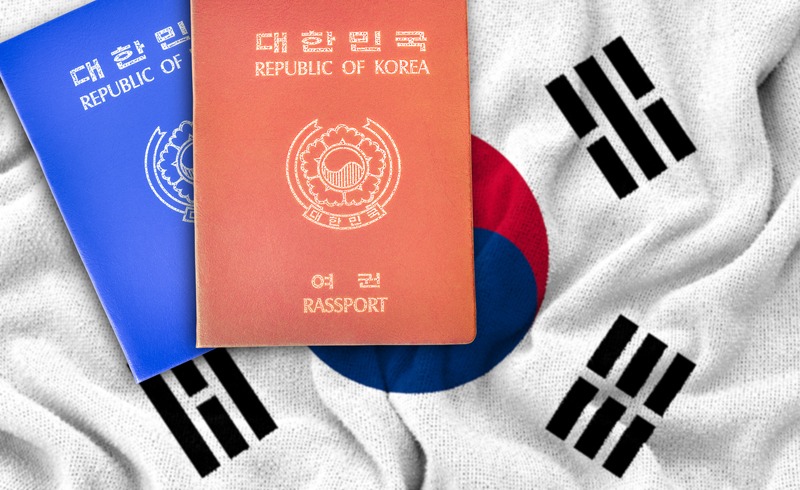

.jpg)
